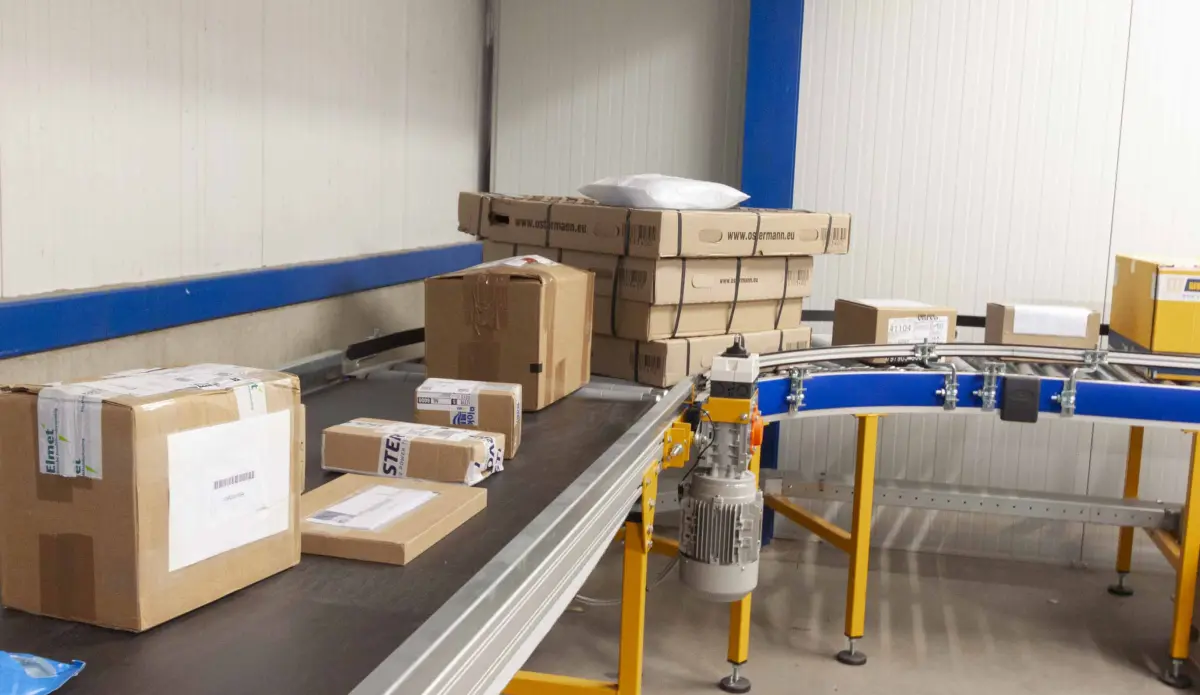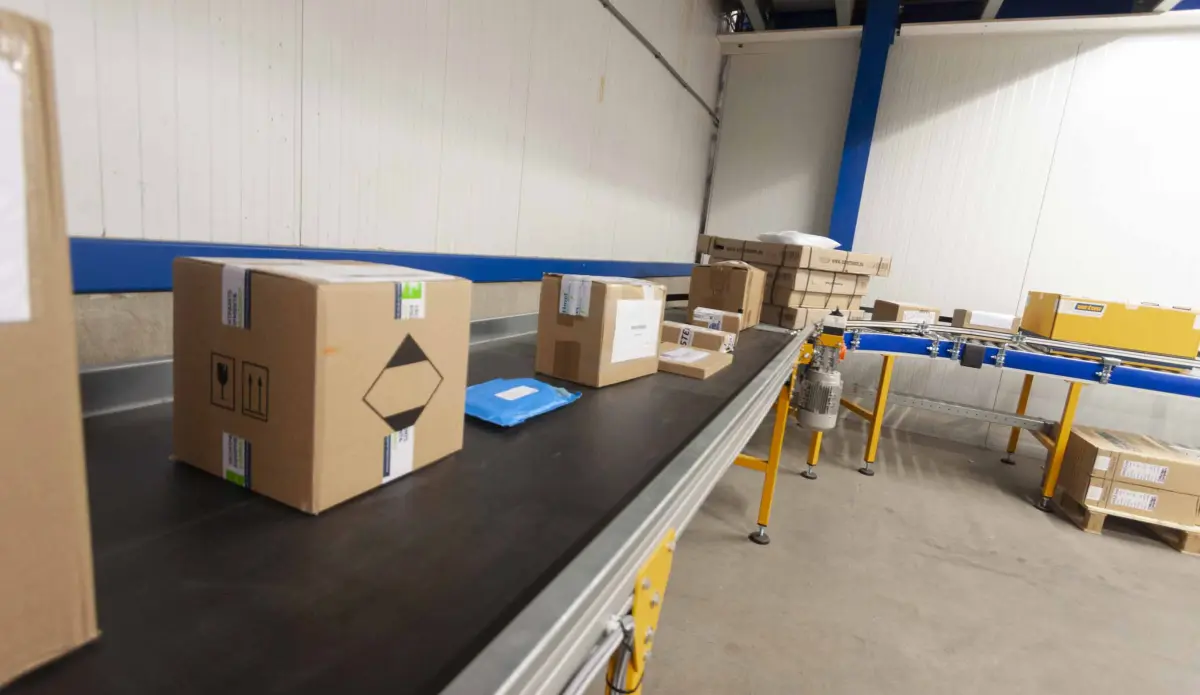From central warehouse to LogiMag
- Details
Peter van der Varst - now employed at Linssen for more than 35 years - works in the central warehouse. But warehouse may sound a little “simple”. Together with colleague Jan Vaes, he currently runs LogiMag, the yard’s logistics centre, which ensures that all delivered materials are at the workstations on time and in the correct quantity.
Peter lives with his wife and two children (one of whom flew the nest last year) in “Bracht-beek”, or Maasbracht, a stone’s throw from the boatyard. In his spare time, he enjoys nature and going for walks in the surrounding area. He also likes to seek out peace and nature in Austria or Italy during the holidays. He can often be found in the garden, where it’s not only the plants that need to be maintained. The pool also requires attention. During his vocational technical training, he was able to do an internship in the drawing office at Linssen in his third year. Of course, computers, weren’t around yet... it was 1984. Peter: “All the drawings were done manually. From Jos Linssen, I learned the “fairing” process. That’s a way of using wooden slats and lead to create a streamlined hull shape.” For several years, Peter also helped Jan Linssen after school and at weekends in the shop that was there at the time. At the site where the hull plant stands today, people could buy parts, but the yard as it was at the time was also supplied with materials from there. “A colleague once came to get a tub of ball valves. A whole tub... under the guise of ‘then I can get ahead and you have time to order new ones’. There was no real inventory management back then.”
Construction of Kokstraat
Peter: “The early 1990s saw the construction of the Kokstraat building. That’s where I then set up the first central warehouse. I built that up over several years together with some colleagues. At the time, Jan Linssen did most of the purchasing of materials on his own, but as the boatyard grew and more and more demands were being made on our suppliers, I was given the opportunity to do the purchasing. A new challenge. Instead of running the warehouse, I now had to make sure the warehouse stayed filled.” As the numbers of yachts grew and the complexity of the yachts increased (for example, the Variotop developed in the mid-1990s), procurement and logistics within the yard became increasingly important. With the start of the Linssen ‘9’ series in 2004, Jac Linssen (son of Jan Linssen) also joined the company. Jac had logistics training and started setting up Logicam production and the whole logistics process behind it - the basis for today’s series production. The central warehouse became the hub of the entire yard and Peter was asked to set up this new warehouse.
Peter: “In the beginning, a lot was done manually in the warehouse. The dozens of pallets, packages and boxes that came in very day were put down ‘anywhere’. As soon as there was time, they were recorded, opened, checked and prepared for production. But actually, we spent a lot of time helping to unload the trucks and didn’t have enough time to check and process all the products. Most of the materials arrived on the shop floor as “floor stock” items. Project-based products were picked by staff in the warehouse, resulting in a lot of running around and inefficient work.”
From central warehouse to LogiMag
At the end of 2019, the warehouse underwent radical changes. A roller conveyor for both parcels and pallets was added. Alongside the roller conveyor were two workstations for Peter and Jan (Vaes) and behind them a very efficiently arranged warehouse. “The drivers now unload their own pallets and packages, which are put on the roller conveyor and then come to us automatically. We can process the incoming goods immediately. Everything is now done with bar codes and scanning equipment, so that not only we, but also purchasing, administration and invoicing know when an order has arrived, has been approved and can therefore also be paid,” says Peter. On the shop floor throughout the yard there are now Kanban racks for all the small supplies like nuts, bolts, etc. This two-bin system is fully managed and replenished from LogiMag. In addition, larger products such as cables, pipes, etc. in various sizes, thicknesses and designs are stored as standard stock items in the warehouse.
Stock and project-based
Peter: “All project-based orders can be divided into four phases. We start with the materials for the prefabrication department. This is where all the modules for the engine room are made and the mast is fully rigged with cabling and equipment. This is followed by the engine room itself, so everything that doesn’t come from the prefabrication department. Third comes the joinery work. The interior modules arrive on the Logicam line directly from our furniture factory in Echt, but we supply all the other materials that are required for their installation. The final step is the finishing stage, where we again distinguish between prefabricated modules such as the dashboard, and other materials such as the refrigerator, oven/microwave, windows, upholstery, the boating inventory and so on.”
All these phases are synchronised with the cycle times of Logicam I, II and III production. All project-based products are called off from suppliers no later than 14 days before the phase begins. For each phase of production, the LogiMag has mobile shelving units ready to go to the shop floor at the right time, ensuring that all the materials needed at that workstation are already there. This virtually eliminates the need for staff to trail back and forth across the shop floor, thereby increasing efficiency.
Counting his period as a trainee, Peter has been working at Linssen for over 38 years. “Thinking back to the old days, with the typewriter, telex and video writer, quite a lot has changed. But what hasn’t changed is the great working atmosphere and great colleagues.”











